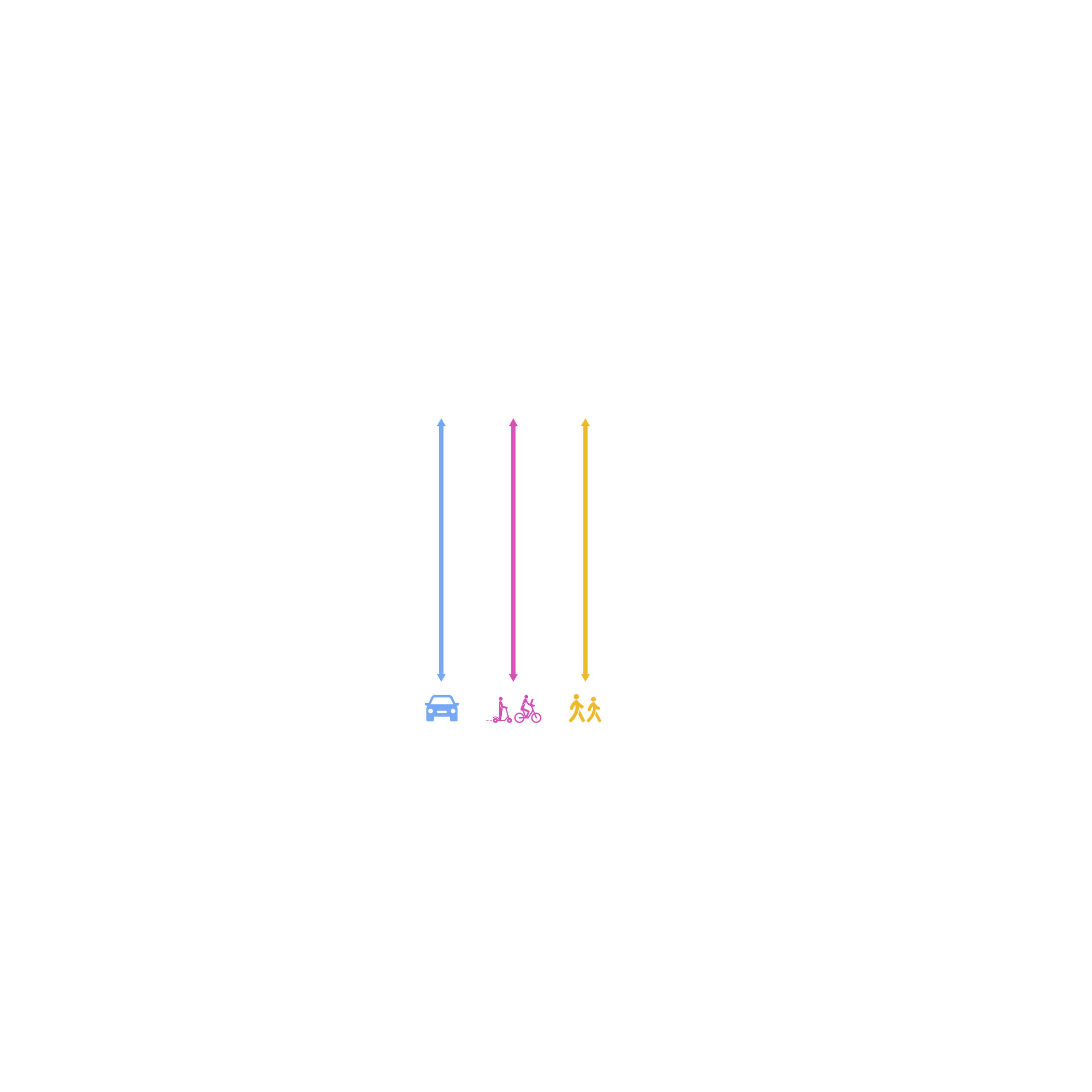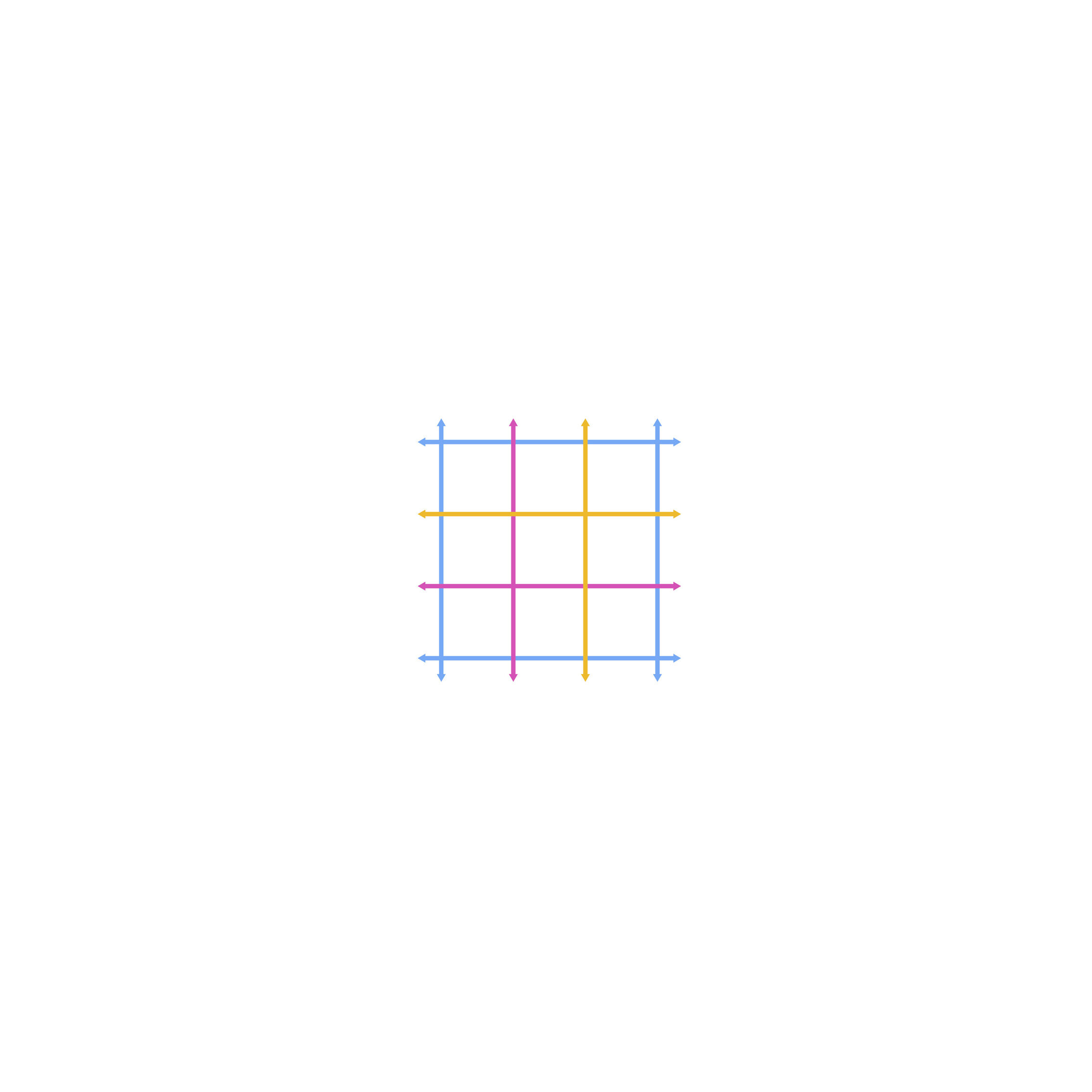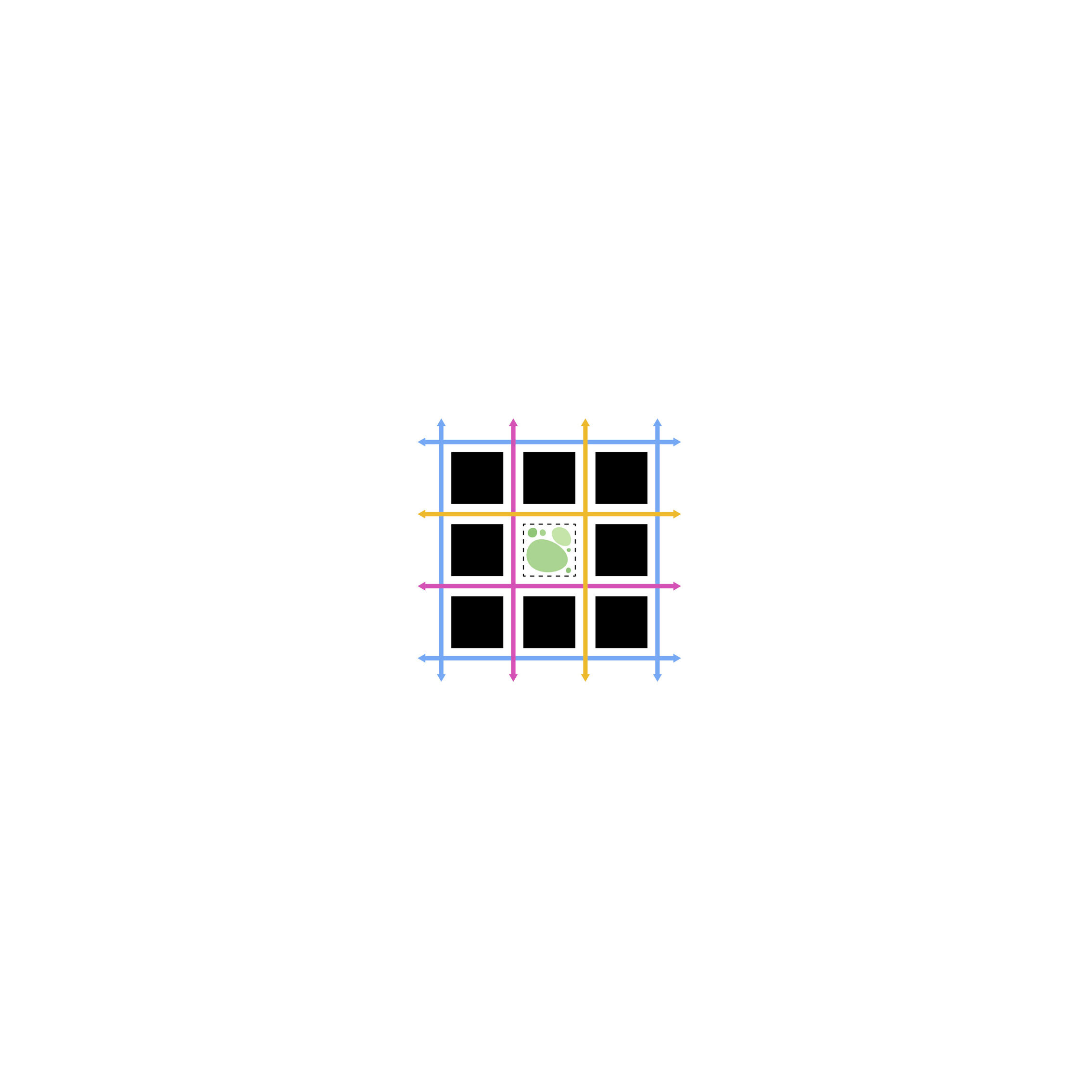STATUS
COMPLETED
SUSONO, JAPAN
CLIENT
Toyota Motor Corporation
TYPOLOGY
Urbanism
STATUS
COMPLETED
SHARE
In 2020, BIG and Toyota Motor Corporation revealed Toyota Woven City – the world’s first urban incubator dedicated to the advancement of all aspects of mobility at the foothills of Mt. Fuji in Japan. Envisioned as a living laboratory to test and advance mobility, autonomy, connectivity, hydrogen-powered infrastructure, and industry collaboration, Toyota Woven City aims to bring people and communities together in a future enabled by technology yet grounded in history and nature.
Located at a 175-acre former factory site in the city of Susono in Shizuoka, Toyota Woven City creates a new equality among vehicles, alternate forms of movement, people, and nature, streamlined by the promise of a connected, clean, and shared mobility.
The Woven City is conceived as a flexible network of streets dedicated to various speeds of mobility for safer, pedestrian-friendly connections. The typical road is split into three, beginning with the primary street, optimized for faster autonomous vehicles with logistical traffic underneath. The Toyota e-Palette – an automated, clean, and multi-purpose vehicle – will be used for shared transportation and delivery services, as well as for mobile retail, food, medical clinics, hotels, and workspaces.
The recreational promenade is occupied by micro-mobility types such as bicycles, scooters, and other modes of personal transport, including Toyota’s i-Walk. The shared street allows residents to freely meander at a reduced speed with increasing amount of nature and space.
"A swarm of different technologies are beginning to radically change how we inhabit and navigate our cities. Connected, autonomous, emission-free, and shared, mobility solutions are bound to unleash a world of opportunities for new forms of urban life. With the breadth of technologies and industries that we have been able to access and collaborate with from the Toyota ecosystem of companies, we believe we have a unique opportunity to explore new forms of urbanity with the Woven City that could pave new paths for other cities to explore."
The third type of street is the linear park – a path dedicated to pedestrians, flora, and fauna. An intimate trail provides a safe and pleasant environment for leisurely strolls and nature breaks through the ecological corridor connecting Mount Fuji to the Susono Valley.
A mix of housing, retail, and business – to be built primarily of carbon-sequestering wood with photovoltaic panels installed on the roofs – characterize each city block, ensuring vibrant and active neighborhoods at all times of the day. Toyota’s R&D spaces house robotic construction, 3D printing, and mobility labs, while typical offices flexibly accommodate workstations, lounges, and indoor gardens.
Residences in the Woven City will test new technology such as in-home robotics to assist with daily living. These smart homes take advantage of full connectivity using sensor-based AI technology to perform functions such as automatic grocery deliveries, laundry pick-ups or trash disposal, all while enjoying spectacular views of Mt. Fuji.
Hidden from view in an underground network lies the infrastructure of the city, including hydrogen infrastructure, storm water filtration, and a goods delivery network. The buildings at the Woven City will advance mass timber construction and strive towards carbon neutrality.
By combining the legacy of Japanese craftsmanship with modern technology, Japan’s construction heritage lives on, while building sustainably and efficiently into the future.
Bjarke Ingels Daniel Sundlin Leon Rost Agla Egilsdottir Agne Rapkeviciute Alvaro Velosa Andres Romero Tran Le Jason Wu Cristina Medina-Gonzalez David Iseri Gary Polk Guillaume Evain Isabella Marcotulli Joanne Chen Joseph Baisch Kam Chi Cheng Kayeon Lee Kelly Neill Kristian Hindsberg Lingyi Xu Linqi Dong Lucia Sanchez Ramirez Maki Matsubayashi Melissa Jones Minjung Ku Nasiq Khan Oliver Thomas Pauline Lavie-Luong Peter Sepassi Ryan Duval Shane Dalke Tara Abedinitafreshi Terrence Chew Thomas McMurtrie Tracy Sodder Valentino Gareri Veronica Watson Wes Thompson Xi Zhang Yi Lun Yang Bell Cai Yu Inamoto Yushan Huang Brandon Cappellari Carlos Castillo Christopher Pin Jeffrey Shumaker Jialin Yuan Alexander Jacobson Amanda Lima Soares Da Cunha Andrea Hektor Andy Coward Brian Zhang Duncan Horswill Einat Lubliner Fernando Longhi Pereira da Silva Frederic Lucien Engasser James Donaldson Jennifer Minjee Son Jesper Kanstrup Petersen Jin Park Jonathan Hein Jose Lacruz Vela Louise Mould Mai Lee Margherita Gistri Nicolas Lapierre Olga Khuraskina Omar Mohamed Nabil Mohamed Saad Mowafy Paul Johann Henrich Kohlhaussen Samantha Okolita Sille Foltinger Tore Banke Xingyue Huang Xuechen Kang Benjamin Caldwell Giulia Frittoli Raven Xu Bartłomiej Lew Yiqi Song Lucrezia Picinali Amie Yao Yumiko Matsubara Alessandro Sciolari Shuo Yang Peter Andres Ehvert Ahmad Tabbakh Will Chuanrui Yu Sinam Hawro Yakoob Pernille Uglvig Sangvin Olivia Ann Egeberg Pearlyn Mei Fen Chang Nouran Wael Mohamed Rashad Mohamed Sherif
World Architecture Festival Smart City WAFx Award Winner, 2021
Kume Sekkei
Arup Japan
Placemedia
Sato Facilities
Nikken Sekkei
Squint/Opera Inc.
Mobility in Chain
Atelier Ten












